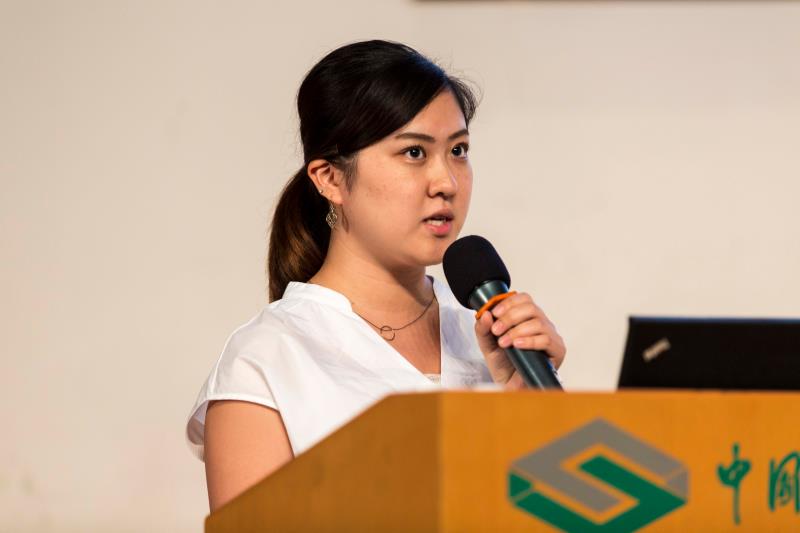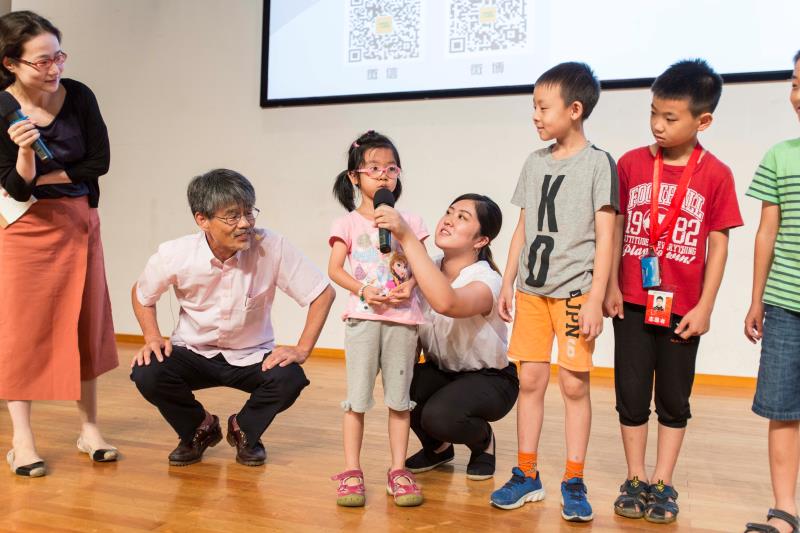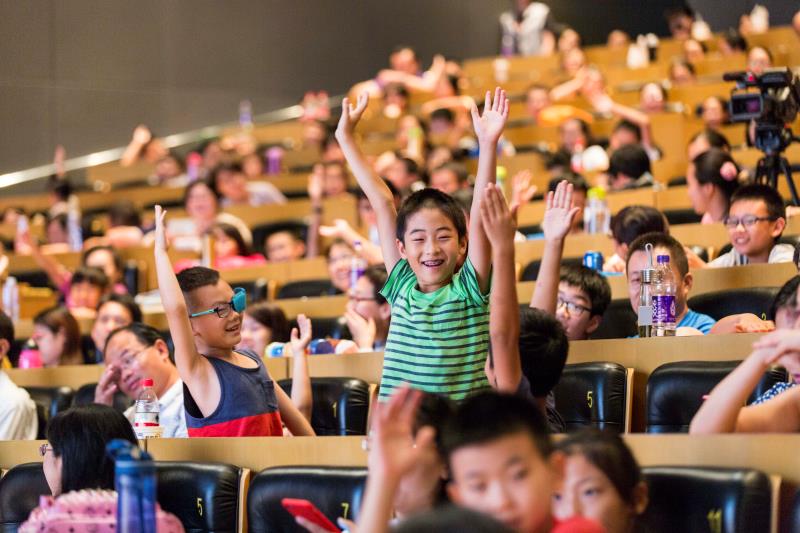China and Japan cooperate on disaster prevention education

"The Kamaishi Miracle", is a documentary that recounts how 184 students from an elementary school survived the Great East Japan Earthquake in 2011.
Writer: Lu Chang
"The Kamaishi Miracle" is based on real events that occurred on March 11th 2011, in Kamaishi, Japan. Takuma Shinohara, a Grade 4 student at the Kamaishi Elementary School, helped his little brother and grandma escape from a devastating tsunami that was triggered by the Great East Japan Earth-quake engulfing the entire town.

Takuma and his little brother. [From the Documentary "The Kamaishi Miracle"]
All the 184 pupils at Takuma's school survived. The documentary shows the children's courage and quick decision making while seeking safe shelter; little ones leading the way and urging the adults to evacuate the danger zones.
For 20 year old survivor Kashiwazaki Kaede, their dramatic escape was not exactly a miracle.
"Even though I heard about Tsunamis from my childhood, it was far beyond my imagination when it occurred under my eyes. But we believed we could insure our life safety if we act just as we had practiced previously. So we were very confident that all of us would survive."

Twenty-year-old survivor Kashiwazaki Kaede is introducing her eperience during the disaster. [Photo provided by One Foundation]
Kashiwazaki says their decisions were based mostly on the previous drills they had practiced in the event of an emergency. Therefore they knew, no matter how the real situation changed, they could still come out alive.
Now the experience is introduced to China.

Suwa Seiji, Japanese expert on disaster prevention education. [Photo provided by One Foundation]
Suwa Seiji is an expert on disaster prevention education. The former Japanese high school teacher understands exactly how to stimulate and raise children's interest in learning new things.
During an interactive session held at the China Science and Technology Museum, Suwa tried to encourage kids to think positively by asking them questions like "What's your dream in the future? And how can your dream help people in the disaster?"
The kids gave varied answers that showed how keen they are on helping others who need help.
"I want to be a painter. Therefore I can draw maps for people."
"My dream is become a fireman. Then I can save people's lives."
"I'd like to be a scientist, and try to devise a robot that can protect people."

Suwa Seiji and Kahiwazaki Kaede share experiences on disaster prevention with Chinese children. [Photo provided by One Foundation]
Suwa Seiji says that just imparting them knowledge is far from enough. The key on disaster prevention education is to train their integrating skills in making the right judgment, acting quickly, and motivating them to help others.
"If we just tell them the disaster is horrible, our children won't be interested in it. But if we encourage them to display their subjective initiative, for example, using their knowledge and helping local elderly people, the children will yearn for learning more through gaining a sense of achievement and being praised. Try to let them know they could do something and be self-reliant when a disaster strikes."
Suwa says when it comes to education; the two countries have much in common.
"Just like in China, the Japanese education system is more exam-oriented. Actually we don't have a particular subject for disaster prevention, but our teachers make use of every bit of time to teach their students how to deal with disasters. "
"They combine disaster prevention knowledge with different courses, teach them in integrated study lessons or some educational activities, which are not included in our exam system although every school in Japan spends between 10-20 hours on it per year. Some schools organize disaster preparedness drills every month."

A comic book named "The Kamaishi Miracle" is published in China. [Photo provided by One Foundation]
As part of a children safety plan project, One Foundation, a Chinese non-governmental organization which focuses on disaster relief, has introduced a comic book version of "The Kamaishi Miracle" in China. Cooperation with Japan International Cooperation Agency is also underway.
Li Jianqiang is the director of disaster prevention and mitigation department with One Foundation in China. He underscores the importance of raising public awareness.
"What we can learn from Japan is that their disaster prevention education is for all people. Be it in disaster prone areas or the relatively safe ones. The public must pay much attention to this issue, because this is what we lack."
"I think despite having teachers in schools, the role of parents is also very crucial. Actually hidden dangers are everywhere, and many occur during non-school hours. Parents should recognize and let their children know where the danger lies, and how to deal with it. "

Chinese children show their desire on helping others during an interactive session held at the China Science and Technology Museum. [Photo provided by One Foundation]
Wang Yunpeng is a father of a 5-year-old boy.
"I think today's activity is very meaningful. Actually I was in Japan when the earthquake occurred. At that time the students in our research office led us to escape safely to the square place, which impressed me. I wish my child can be just like them if he faces the same situation someday."
"From my own experience, I think it's really important to stimulate their learning interest and potential. I hope our kindergartens and schools can spend more time teaching such kind of educational activities."
While admitting the shadow left by the disaster is hard to be erased, Kashiwazaki Kaede, who is currently in nursing school, says many children like her have gained strength from that experience.
"During the disaster, I saw many people die right before my eyes but I could do nothing, I felt so sad and helpless. That's why I want to be a nurse, to save people's lives and to give them mental comfort, just like others helped me during those terrible days."
"As for my peers, many of them are now doing post-earthquake recovery related jobs. The disaster changed our paths somehow, but all of us are making the effort to restore our homeland, to (enable it to) become a much better place."
![Children in Kamaishi Elementary School in Japan. [Clip from the documentary "The Kamaishi Miracle"]](https://chinaplus.cri.cn/images/201708/17/0f7d8811-38ee-ea38-ddff-c05f78992395.png)
Children in Kamaishi Elementary School in Japan. [Clip from the documentary "The Kamaishi Miracle"]
The children in Kamaishi were guardians of themselves, and after being helped by others, they have turned into individuals who are also ready to help others; and that's the value of disaster prevention education. Insiders believe that through raising public awareness and effective educational activities, the "Miracle of Kamaishi" can also happen here for Chinese children and others worldwide.
If you are interested in watching the documentary, you can log on to:
http://www.iqiyi.com/v_19rr7mm0ww.html

